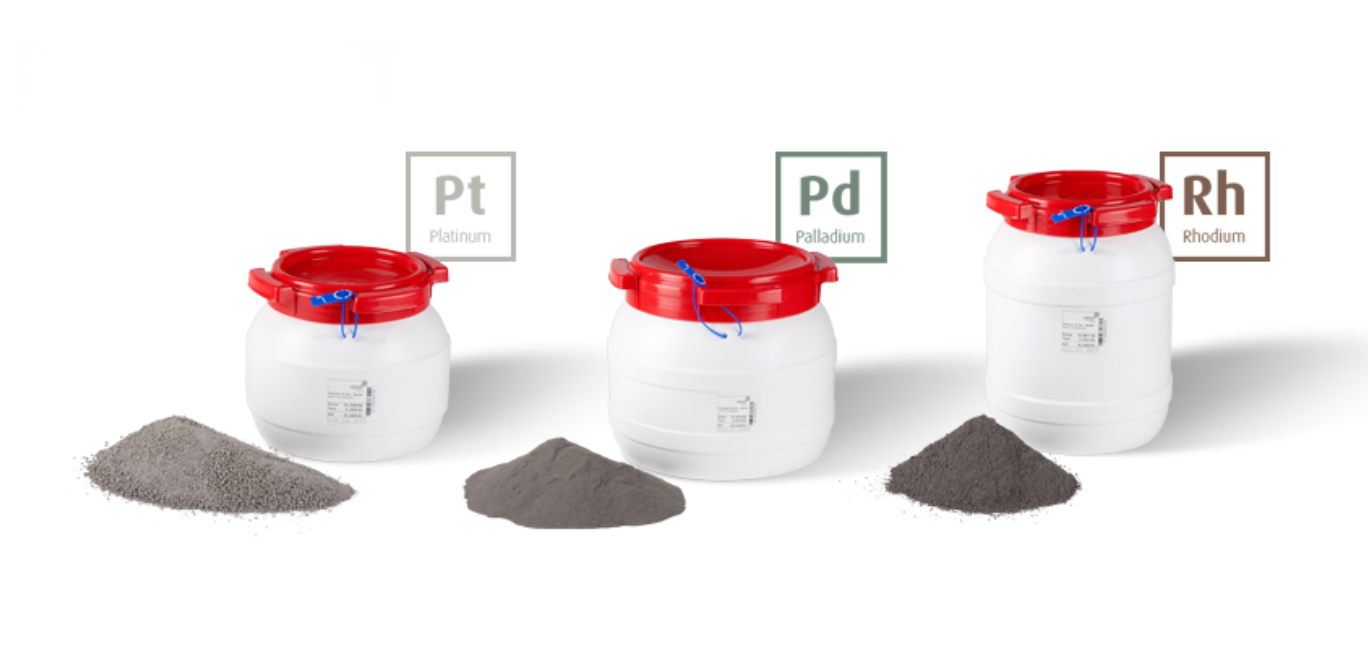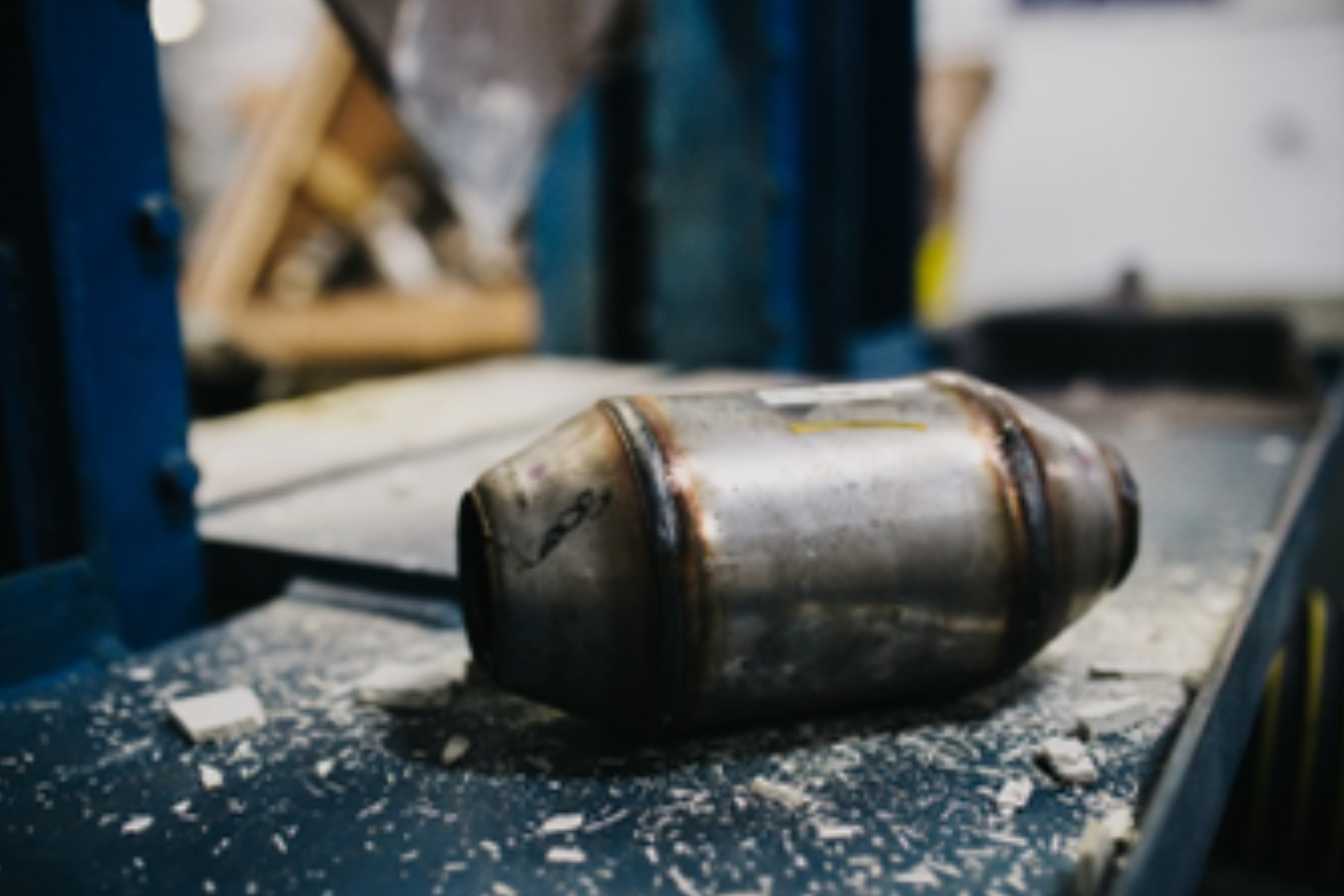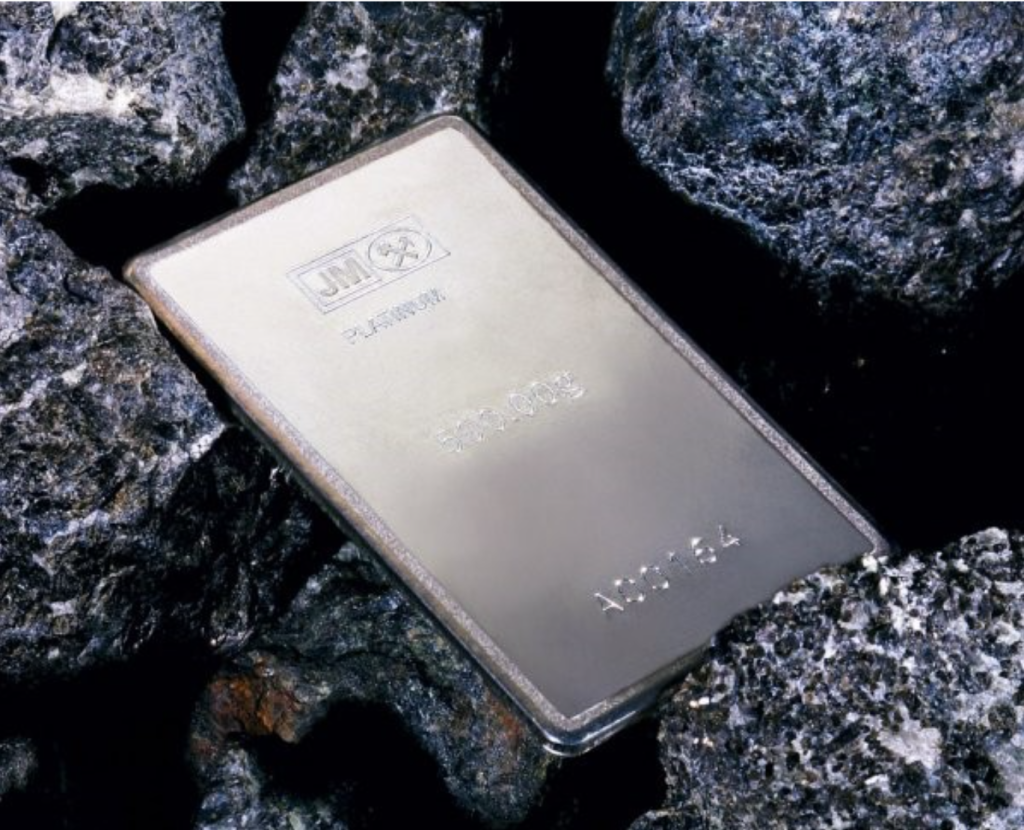Understanding Metal Price Spreads
UCC Article Archive – 2019 – Becky Berube
Palladium has been on a historical run the past two months to as high as $1553 toz.
But why don’t we receive the published bid or spot price for metal that we are selling today?
Two Reasons for A Metal Price Spread
Bullion vs. Sponge
When precious metal is refined from catalyst it is not returned to the market as bullion, but rather it is returned as industrial grade metal, or sponge. It actually looks like dirt. You will see a small discount from the published bid price depending on supply and demand for each metal. Typically, the shorter the supply of a metal against demand, the higher the discount or spread.



Physical Delivery and Lease Rates
In December 2018, lease rates for Palladium spiked to 22%. But what does this have to do with the price you receive for selling palladium? The short answer. The borrower is the lender’s slave.
When metal has been leased (or borrowed) and it is in short supply, the lease rate is increased. With a high demand for Palladium and a shortage of nearly 1 M toz., the lease rates are astronomical.
Refiners use leasing as a tool or strategy for their business. But when lease rates are higher than normal, that cost is passed on to the market.
As recyclers, when you hedge or sell metal before the metal is due or becomes physical metal, you take a discounted price from spot. A 30-, 60-, or 90 day price. Today the discount for Palladium between a 90-day contract and spot is $45.
If you hedge today and metal becomes physical in June, or in 90 days, you take a 90-day future contract price.Today that would be $40-$50 less than the published bid price.Platinum and Rhodium are in surplus, so currently the lease rate spread for Pt and Rh are nominal or flat. There is roughly no difference between a 30-, 60-, or 90-day or spot price.
Precious Metals Leasing Explained
Leasing is a tool used by most players in the precious metals market for a variety of reasons. My friend, Miguel Perez-Santalla, Head of Trading Sales and Marketing, Heraeus Metals New York, wrote an excellent and rather exhaustive article back in 2013 on Precious Metals Leasing in which he states the following.
“Leasing is an integral part of the precious metals market. Why is it necessary? For a diverse number of reasons, the first is the need for industry to borrow instead of buying outright the metal. This enables them to avoid owning the metal at a fixed price if they have not yet contracted to sell their product.
Other companies want to borrow rather than buy gold or silver, to keep their cash consumption down. Leasing gives their business greater flexibility in money management. Still others choose to borrow to free up cash. Finally, there are those in a bridge lease, commonly used in the oil refining and pharmaceutical fields.”
To read the full article, it can be found in the June 5, 2013, online article in Resource Investor, entitled, “Precious metals leasing explained…What is precious metals leasing, and why is it done…?”
What is the implication for selling scrap catalytic converters?
When you sell scrap catalytic converters you are selling precious metals. At United Catalyst Corporation we believe that recyclers can get the most from their converters with the scientific process of selling converters on assay.
The point of this article is that when you hedge (lock in a metal price) or sell metal from your scrap catalytic converters there is a metal price spread between the price you see published on the internet and the price you receive. For delivering industrial grade precious metals, you can expect a modest discount; but for selling precious metals that are in high demand and short supply, the metal price spread can be significant.

